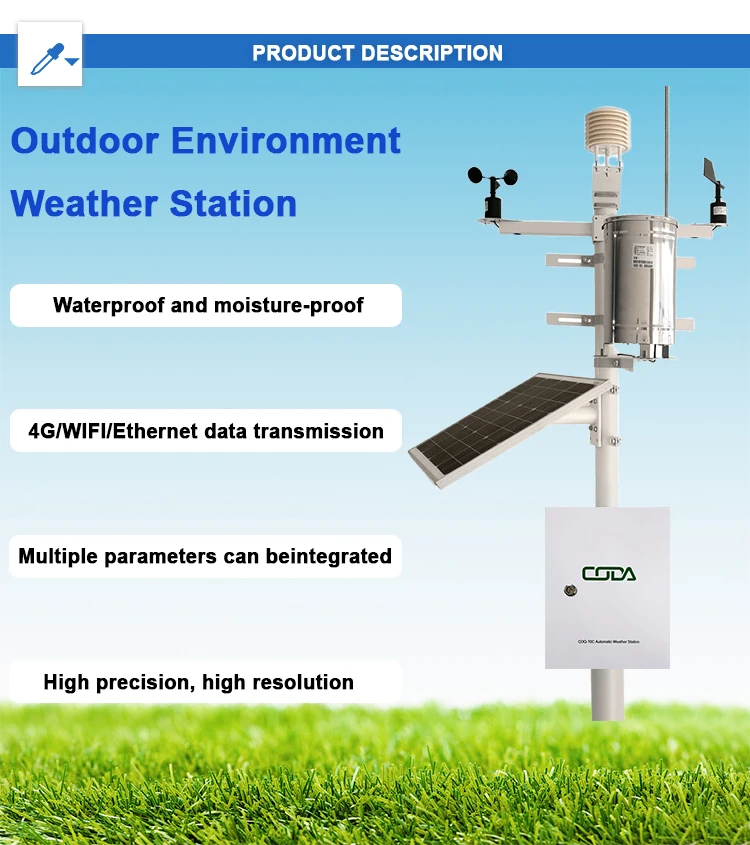
# The Advantages and Disadvantages of Automatic Weather Stations
## Introduction
Automatic Weather Stations (AWS) have revolutionized the way we collect and analyze meteorological data. These sophisticated systems provide continuous, real-time weather information with minimal human intervention. While they offer numerous benefits, they also come with certain limitations that users should consider.
## Advantages of Automatic Weather Stations
### 1. Continuous Data Collection
One of the primary advantages of AWS is their ability to collect data 24/7 without interruption. Unlike manual weather stations that require human operators, automatic systems can:
– Record measurements at regular intervals (often every minute)
– Operate in remote or hazardous locations
– Function during extreme weather conditions when human observation might be dangerous
### 2. High Accuracy and Precision
Modern AWS are equipped with advanced sensors that provide:
– More precise measurements than manual observations
– Consistent data collection methods
– Reduced human error in reading and recording
### 3. Real-time Data Transmission
Most AWS systems can transmit data immediately through various methods:
– Cellular networks
– Satellite communication
– Radio transmission
– Internet connections
This allows meteorologists and other users to access current weather conditions instantly.
### 4. Cost Efficiency in the Long Run
While the initial investment might be significant, AWS offer:
– Reduced labor costs (no need for constant human monitoring)
– Lower maintenance requirements compared to manual stations
– Long-term durability with proper care
### 5. Remote Monitoring Capabilities
AWS enable weather monitoring in locations that would otherwise be inaccessible:
– Mountain tops
– Offshore platforms
– Polar regions
– Dense forests
## Disadvantages of Automatic Weather Stations
### 1. High Initial Costs
Setting up an AWS requires substantial investment:
– Expensive sensors and equipment
– Installation costs
– Infrastructure for data transmission
### 2. Maintenance Challenges
While requiring less maintenance than manual stations, AWS still need:
– Regular calibration of sensors
– Cleaning to prevent debris interference
– Power source maintenance (especially in remote locations)
### 3. Potential Technical Failures
Like all electronic systems, AWS are susceptible to:
– Sensor malfunctions
– Power outages
– Communication system failures
– Software glitches
### 4. Limited Human Oversight
The automated nature means:
– Errors might go unnoticed for extended periods
– No human judgment for unusual weather phenomena
– Difficulty in detecting sensor drift over time
### 5. Data Interpretation Challenges
Automated systems may:
– Record anomalies without context
– Struggle with certain weather phenomena that require human interpretation
– Generate large volumes of data that require sophisticated analysis tools
## Conclusion
Automatic Weather Stations represent a significant advancement in meteorological technology, offering unparalleled advantages in data collection, accuracy, and accessibility. However, their implementation requires careful consideration of costs, maintenance needs, and potential limitations. For many applications, the benefits far outweigh the disadvantages, making AWS an essential tool in modern weather monitoring and forecasting. Organizations should evaluate their specific needs and resources when deciding whether to implement an automatic weather station system.
